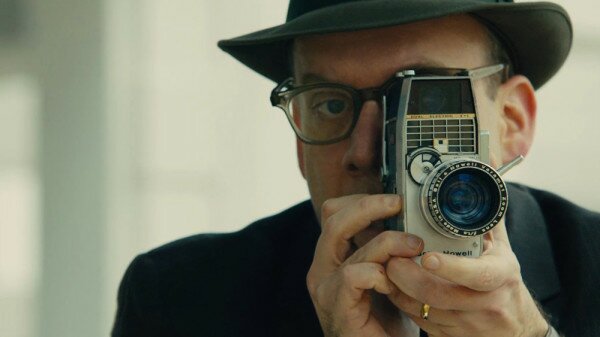Parkland is the Dallas hospital where President John F. Kennedy was treated and ultimately died after being shot in 1963. It is also, by a cruel twist of fate, the same hospital where his assassin, Lee Harvey Oswald was taken one day later.
“What a shitty place to die,” exclaims one of the President’s secret service agents during a startling early moment in the film Parkland. It’s one of a serious of astonishing scenes, immediately following the President’s death, when his staff struggle to come to grips with the tragedy and return the President’s body to Washington with some degree of decorum and dignity, in what where shocking and unprecedented circumstances.
The tone of these scenes, which culminate in officials hacking and kicking away a bulkhead on Air Force One in order to carry the President’s coffin onto the plane, signals the way Parkland stands apart from other similar historical dramas. The focus is less on the investigation, the assassin, or the President’s immediate family. We only see Jackie in speechless, often out of focus moments of extreme grief and the attention is focussed more on Oswald’s family than the killer himself. Parkland chooses to see this historic moment through the eyes of many lesser known but historically significant people who were caught up in the tragedy.
First time director Peter Landesman tells this story with a star studded cast. Zac Efron plays Dr. Charles James “Jim” Carrico, who along with Head Nurse Doris Nelson (Marcia Gay Harden) were among the first medical staff to treat J.F.K. Ron Livingston is F.B.I agent James P. Hosty, who had a lead on Lee harvey Oswald before the shooting and David Harbour brings a good deal of angst and rage to the role of Hosty’s boss, James Gordon Shanklin.
Billy Bob Thornton plays Secret Service Agent Forrest Sorrels whose shock quickly turns to steely focus when he meets Abraham Zapruder (Paul Giamatti) a local businessman who inadvertently captured the assassination on 8mm film.
Giamatti’s performance is complex and deeply moving. Zapruder was standing on a plinth only a few yards away from the motorcade as the shots where fired. His 8mm film camera was relatively new technology at the time and the scenes, where Zapruder and secret service agents lead by Sorrels try to find a lab that can develop the film is a testament to Parkland’s costume and production design.
Jeremy Strong bears a stark resemblance to Lee Harvey Oswald, but true to form, Parkland spends more time with his older brother Robert (James Badge Dale, in perhaps the best of this film’s many good performances) and his spectacularly deluded mother Marguerite (Jacki Weaver).
After the first day, whose events moved in a way famously summed up news anchor David Brinkley as “too much, too ugly, too fast,” Parkland slows down and draws breath. This not only gives us time to reflect on the story and the depth of human emotion we have seen, but also on Barry Ackroyd’s brilliantly stark cinematography and James Newton Howard’s evocative score.
However, these technical details overshadow the story-telling. Parkland never tries to be more than a straightforward and well told version of an important and familiar historical moment. Perhaps this is not surprising, given the film is a adapted from a book (Reclaiming History: The Assassination of President John F. Kennedy, by Vincent Bugliosi) which tries to argue for the official version of these events.
In fact, Parkland’s commitment to playing it straight with the assassination story might be its undoing with some viewers. Fans of conspiracy theories or investigative procedurals will not be satisfied here. The focus is always squarely on the human drama rather than any abstract arguments.
Parkland is a serious, authoritative and dignified film. Assured cinematography, stirring music and award-worthy performances combine to create a deeply moving account of three days in 1963 that shook the USA and unsettled the world.
